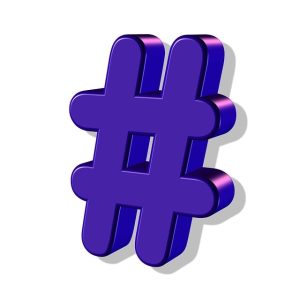The evolving landscape of web design is characterized by latest web design trends that prioritize user experience through minimalism, asymmetrical layouts, micro-interactions, clean typography, and animated elements. These trends enhance interactivity, readability, and engagement while streamlining user journeys. Sustainable web design practices, focusing on minimalism and energy efficiency, also gain traction as businesses aim to reduce their environmental footprint. By embracing these innovations, designers create visually stunning, functional, and responsible online experiences that captivate users in a competitive digital market.
Discover the latest web design trends that push creative boundaries. From embracing minimalism and asymmetrical layouts to incorporating micro-interactions, typography magic, animated elements, and sustainable practices, this article explores six powerful strategies transforming digital landscapes. Elevate your designs with these innovative ideas and create captivating user experiences that resonate in today’s fast-paced online world.
Embracing Minimalism: The Power of Simple Designs
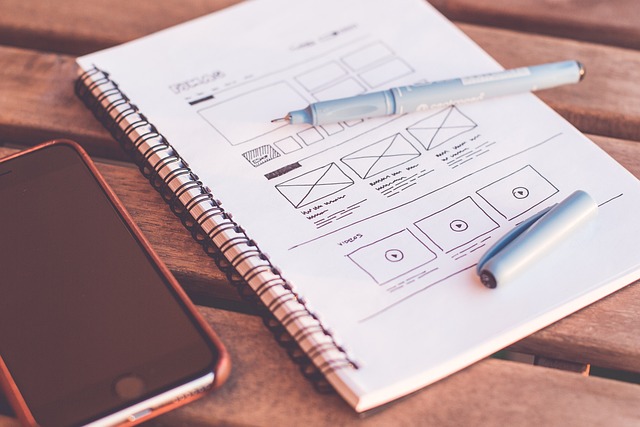
In the realm of web design, minimalism is making a powerful comeback as one of the latest web design trends. It’s about stripping down designs to their essential elements, creating simple yet elegant interfaces that enhance user experience. By embracing simplicity, designers can convey complex ideas and information in a clear and accessible manner. This approach not only makes websites visually appealing but also improves loading speeds and search engine optimization (SEO).
Minimalistic designs focus on negative space, clean lines, and a limited color palette, ensuring that the content is the star of the show. This strategy can be particularly effective for e-commerce sites, where showcasing products and their details without clutter becomes crucial. Additionally, minimalism promotes better readability, making it easier for users to navigate and engage with the website.
Unlocking Creativity with Asymmetrical Layouts
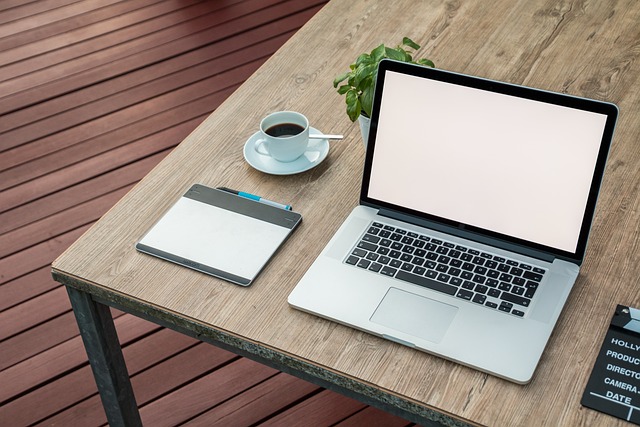
In the realm of creative web design, breaking away from conventional symmetry can unlock a world of unique and captivating aesthetics. The latest web design trends are increasingly embracing asymmetrical layouts, which offer a dynamic and modern approach to website development. By challenging the traditional balanced design, asymmetry allows for bold visual statements and enhances user engagement. This technique involves arranging elements in unexpected ways, creating a visually intriguing experience that draws attention and encourages exploration.
Asymmetrical designs can range from subtle imbalances to dramatic off-center compositions. They effectively convey a sense of movement and energy, making websites feel more alive and interactive. In terms of user interface (UI) design, asymmetry can guide users’ eyes through the page, highlighting important content or features. This strategic layout choice not only stands out in the competitive digital landscape but also fosters a memorable user experience, solidifying its place as one of the prominent creative web design ideas in today’s latest trends.
Incorporating Micro-Interactions for Enhanced User Experience
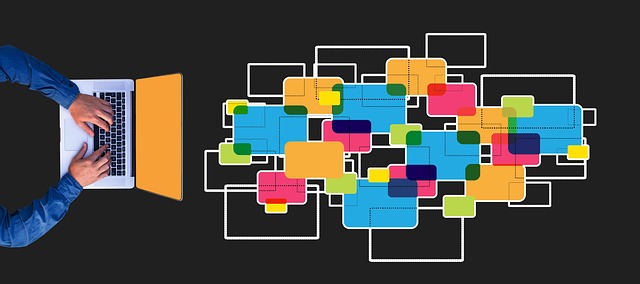
In the realm of creative web design, micro-interactions play a pivotal role in enhancing user experiences, making digital interfaces more engaging and intuitive. These subtle animations and feedback mechanisms capture the latest web design trends by providing users with visual cues that improve navigation and interactivity. By incorporating micro-interactions, designers can create dynamic websites where every click, scroll, or form submission is accompanied by a thoughtful response. This approach not only makes user journeys smoother but also fosters a deeper connection between the user and the website, ensuring a memorable experience.
For instance, hover effects on buttons, smooth transitions between pages, or real-time validation feedback can significantly impact how users perceive and interact with a website. These micro-interactions add a layer of sophistication to the latest web design trends, transforming static screens into immersive environments. By leveraging this technique, designers can elevate their creations, making them stand out in a competitive digital landscape while catering to user expectations for seamless, responsive interfaces.
The Art of Typography: Choosing the Right Fonts
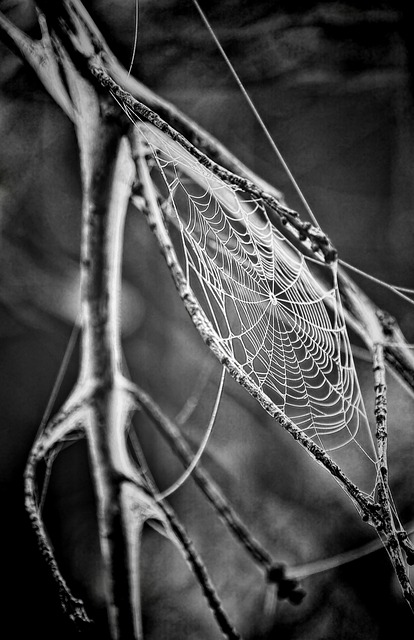
In the ever-evolving landscape of web design, typography plays a crucial role in shaping user experience and conveying messages effectively. When it comes to creative web design ideas, choosing the right fonts is an art in itself. The latest web design trends emphasize clean, readable, and visually appealing typography that enhances overall aesthetics without overshadowing content.
Font selection should align with the website’s purpose, target audience, and brand identity. Experimenting with different font styles—from classic serifs to modern sans-serifs or even decorative scripts—can add depth and character to web pages. However, it’s essential to maintain a balance between artistic freedom and readability. Combining multiple fonts can create a captivating tapestry, but each should serve a purpose, ensuring the design remains uncluttered and easy to navigate.
Integrating Animated Elements: Adding a Dynamic Touch

In today’s digital era, staying ahead of the curve with innovative and engaging web designs is essential. Integrating animated elements is one of the latest web design trends that can significantly enhance user experience and captivate audiences. These dynamic touches go beyond static visuals, bringing websites to life through subtle animations, interactive graphics, or even full-fledged motion design. By adding a layer of movement and depth, designers can guide users’ attention, simplify complex information, and create a memorable online presence.
From hover effects on buttons to animated transitions between pages, these creative web design ideas offer endless possibilities. For instance, a well-timed animation can highlight important calls-to-action or provide visual feedback, making the user interface more intuitive. By combining animations with modern aesthetics and responsive design principles, developers can craft visually stunning and highly functional websites that keep visitors engaged and eager to explore further.
Sustainable Web Design: Eco-Friendly Approaches
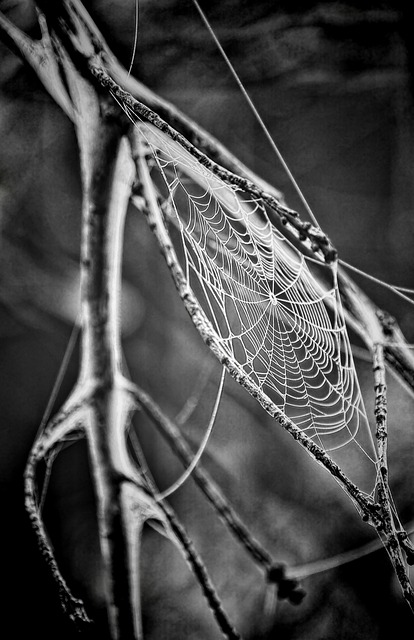
In today’s digital landscape, sustainable web design is not just an ethical choice but also a key aspect of the latest web design trends. Eco-friendly approaches are revolutionizing how we create online spaces, focusing on minimalism, energy efficiency, and recycling digital resources. Designers are embracing concepts like responsive design to reduce the need for multiple versions of websites, thereby cutting down on resource consumption and waste.
Another emerging trend is the use of renewable energy credits to offset the carbon footprint associated with hosting and data centers. Additionally, incorporating recycled materials in website aesthetics, such as using eco-friendly fonts or imagery, not only promotes sustainability but also creates visually appealing designs that resonate with environmentally conscious users. These innovative practices not only contribute to a greener planet but also position businesses as responsible corporate citizens in the digital realm.
